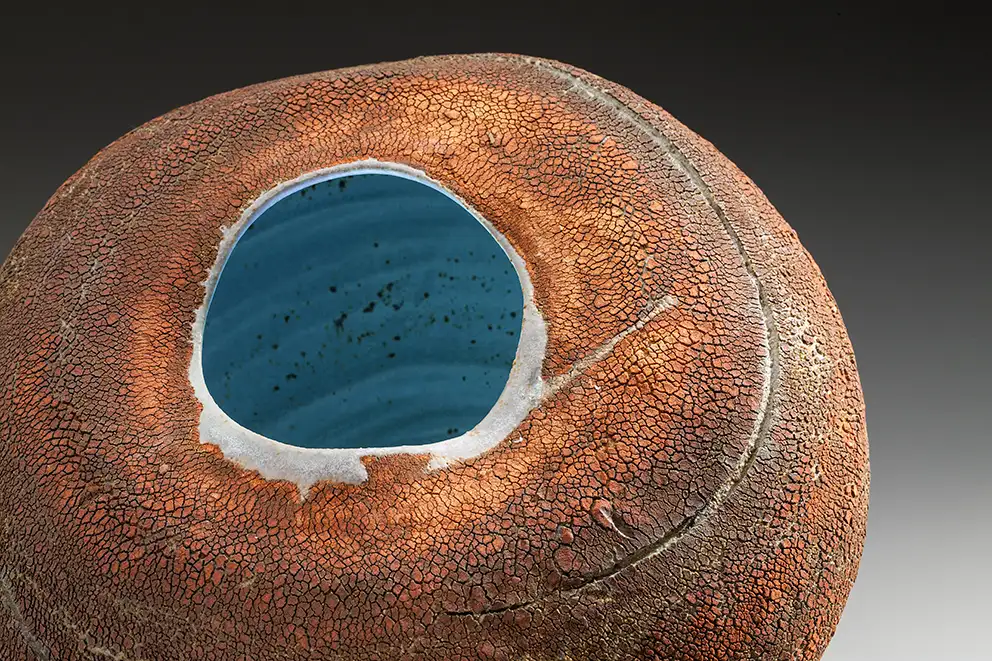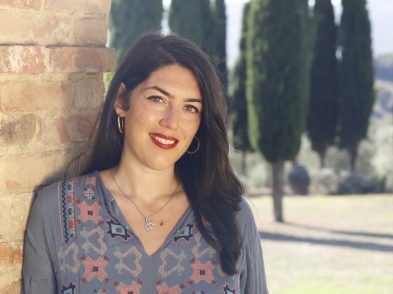Nestled peacefully in the rolling countryside and better known as the birthplace of Giovanni Boccaccio, Certaldo seems an unlikely springboard for a twenty-first-century artistic revolution. And yet, for the last 15 years, it has been the home of Terry Davies, the place where he has set up his workshop, thrown pots on his pottery wheel, and quietly engineered a change in attitude towards the ancient art of useable stoneware ceramics.
Nowadays Davies boasts celebrity status within the world of ceramics in Italy, but he has not always found it easy to achieve recognition. After a studio apprenticeship in Britain, and then extensively travelling the world, he first came to Tuscany in February 1998. Settling down in his kitchen, he tells me about the ‘early days’:
‘When I first arrived in Tuscany, Italian pottery was in the dark ages … ceramics was associated with interior design rather than the world of art. People didn’t understand the concept of glazing rather than painting pottery … one woman at a market, while looking at a pure aqua celadon glazed vase, even told me that it would be nice to see my work when it was finished,’ he recalled.
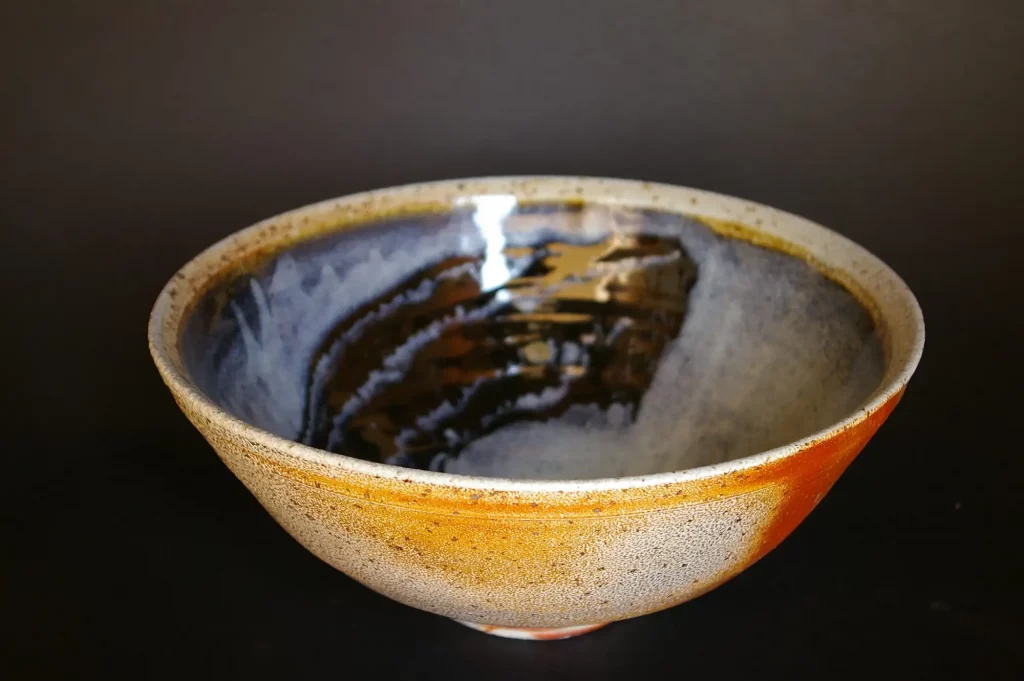
The Tuscan bottega
What is unusual about Davies as an expatriate artisan is how little crossover there is between his creative output and that of the traditional Tuscan artisan. Made on the pottery wheel, Davies’ pieces manifest a central preoccupation with form, with glazes accentuating the coherence of shape. On the other hand, many of the traditional Tuscan botteghe, a fixture in the streets of Florence, largely use precast pottery as a canvas on which to apply intricate stencilled designs. The two styles stand in stark contrast to each other, with few potters in Italy successfully combining the two approaches to their ancient craft.
Over the last 15 years, the world of traditional Tuscan pottery has suffered a distinct decline. The spiritual homeland of the movement, the town of Montelupo Fiorentino, situated 20 kilmetres southwest of Florence, has seen dozens of decorative botteghe close down, while almost all higher-education courses in the traditional decoration techniques have become privatised. Similarly, in Florence, many of the outlets of Tuscan decorated pottery have been badly hit by the economic recession, and have either closed or moved into
the more general ‘souvenir market.’
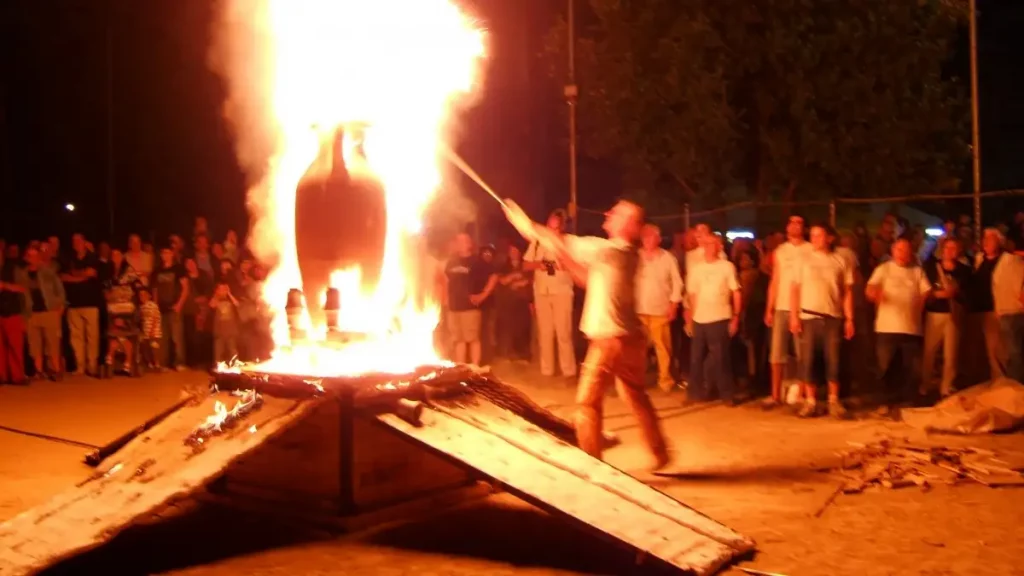
In contrast, the stoneware movement, which is originally derived from Bernard Leach and the English stoneware tradition, has risen in importance and gradually gained acceptance within the Italian artistic community. Today there are dozens of potters, both hobbyists and professionals, who, like Davies, work with stoneware clays and experiment in glazes. For Davies, the success enjoyed at recent exhibitions and pottery markets, as well as a new contract with Giorgio Armani Casa, is a testament to 15 years of hard work.
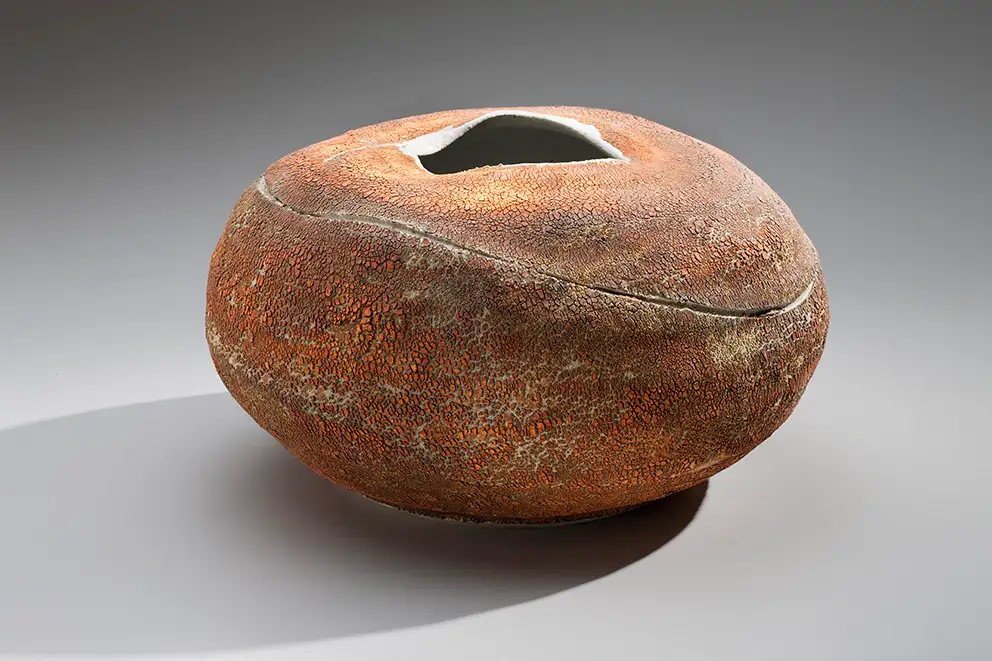
Davies is resolutely unapologetic for what could be labelled as artistic colonialism: ‘Potters in Florence closed their eyes 500 years ago, and have not opened them since … Italian ceramics is wiping itself out because it has never moved with the times.’ While speaking to Davies, I begin to realise that art, like every organic process, is inescapably subject to the Darwinian concept of ‘survival of the fittest;’ the studio pottery movement which Davies has spearheaded has become increasingly successful at the cost of the traditional Tuscan bottega because it is inherently less industrial and more human.
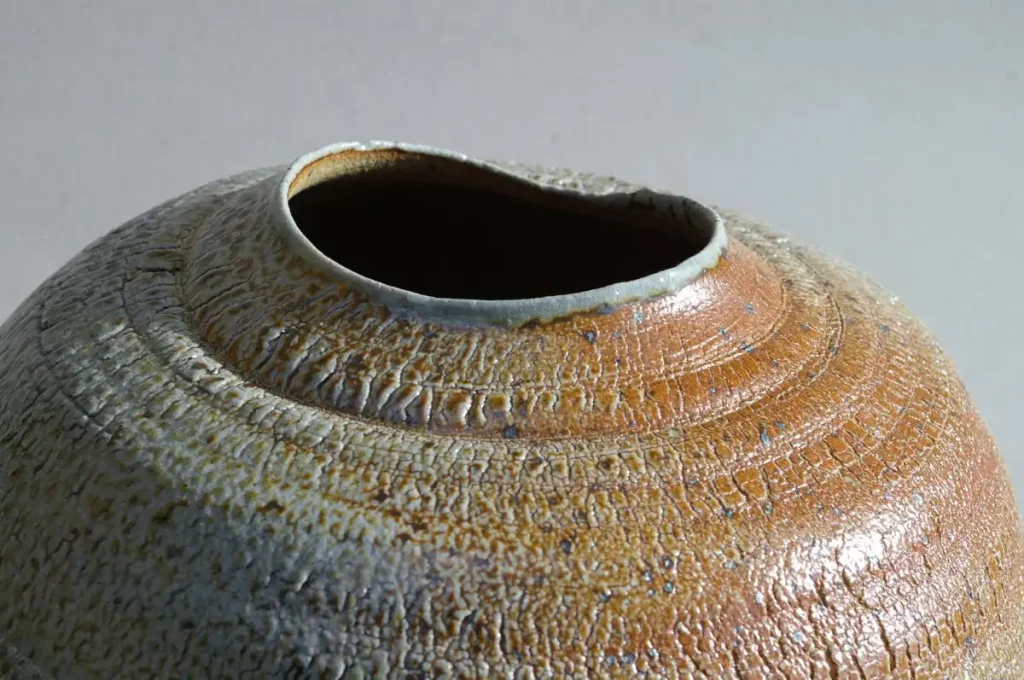
Above all-and this is no overstatement-Davies has helped bring pottery to the people, turning what previously had been regarded as a rather secretive craft into something which occasionally has resembled a spectator sport. In particular, he has set up many public kiln firings in the piazzas around Italy, drawing crowds in the thousands to the main squares of Lucca, San Gimignano and Faenza to witness the elemental magic of fire combining with earth, water and air to produce ceramic masterpieces. His paper, cardboard tube and glass bottle kilns have never failed to turn heads in these medieval piazzas. While this may seem a rather primitive advertising strategy-after all, what could be more obvious than building a huge fire in the centre of a community?-it has brought ceramics to the wider public and perhaps even engendered a new generation of potters in Italy.
With the sun starting to settle over the Tuscan hills, and with the soda-glazed teapot nearly empty, I turn the conversation back to Davies. ‘In the midst of all this change, are you still the same Terry Davies that came to Italy 15 years ago?’ I ask him. ‘Living abroad gives you extra colour. I’m older and I’m wiser, but,’ he says, with a smile glancing across his face, ‘the fire still burns within me.’
